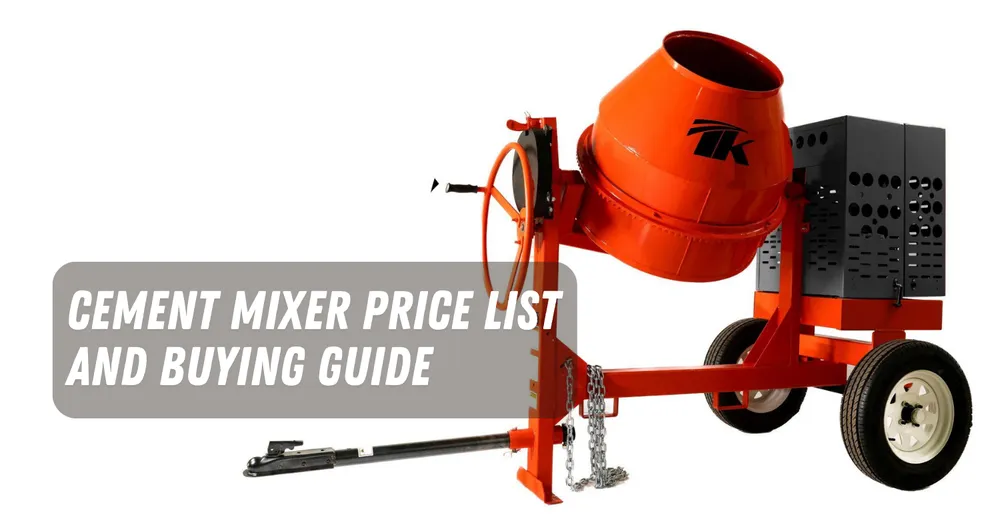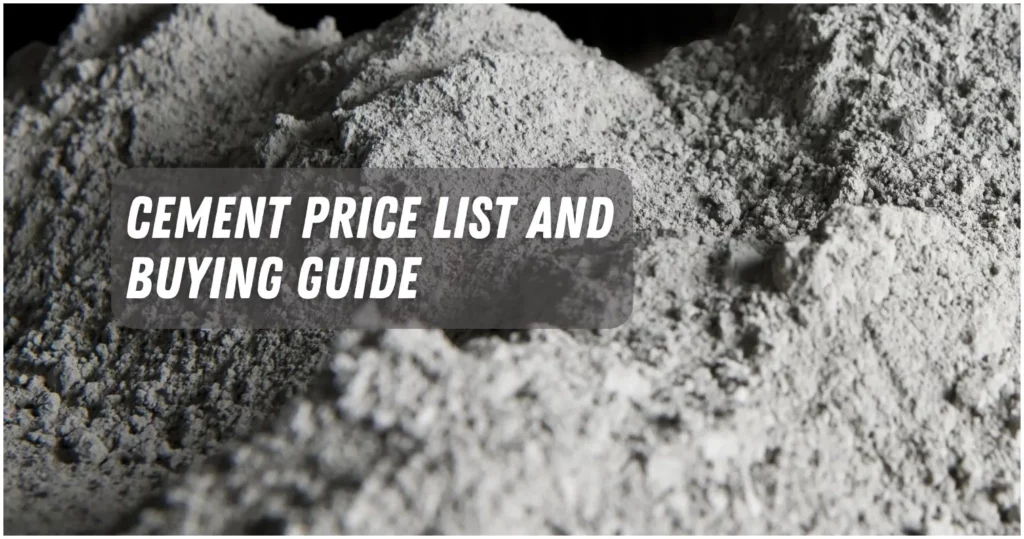If you want to buy a cement mixer for a building project, you might be thinking how much they price and where to find the best deals.
In this article, we’ll talk about how the price of a cement mixer in the Philippines can run from ₱2,599 to ₱6.5 million.
Also about the different kinds of cement mixers and how to choose the best one for you.
What is a Cement Mixer?
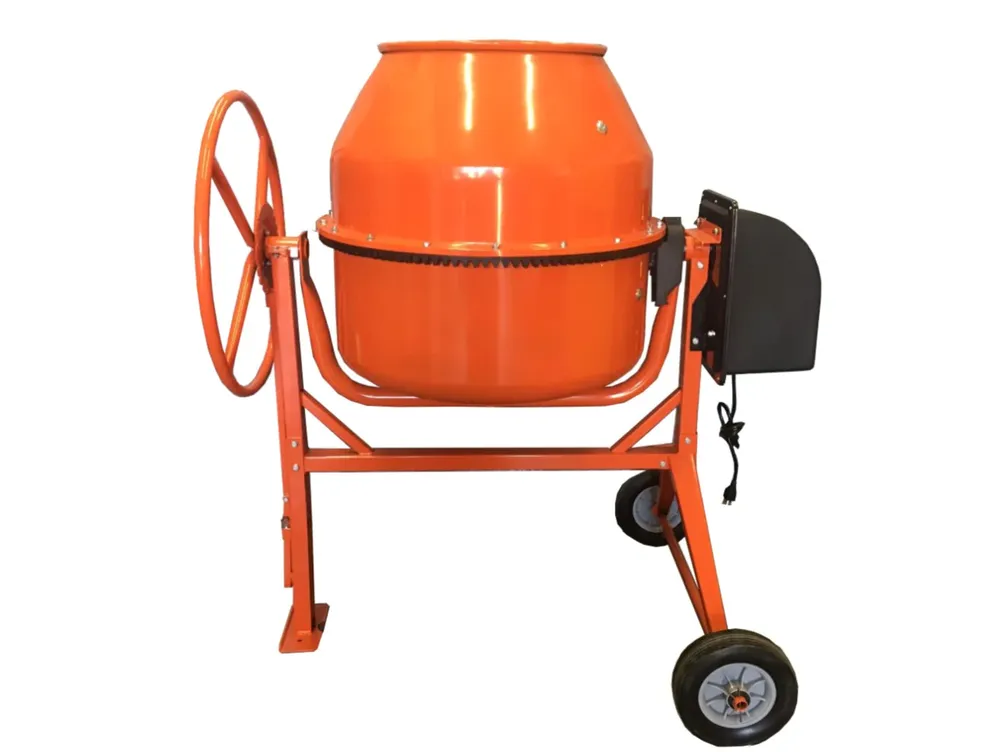
A cement mixer is a machine used to make concrete. It mixes cement, sand, grit, water, and other ingredients.
It’s also called a mortar mixer or a concrete mixer. A cement mixer can be either stationary or mobile, based on whether it is fixed in one place or can be moved around.
Cement Mixer Purposes
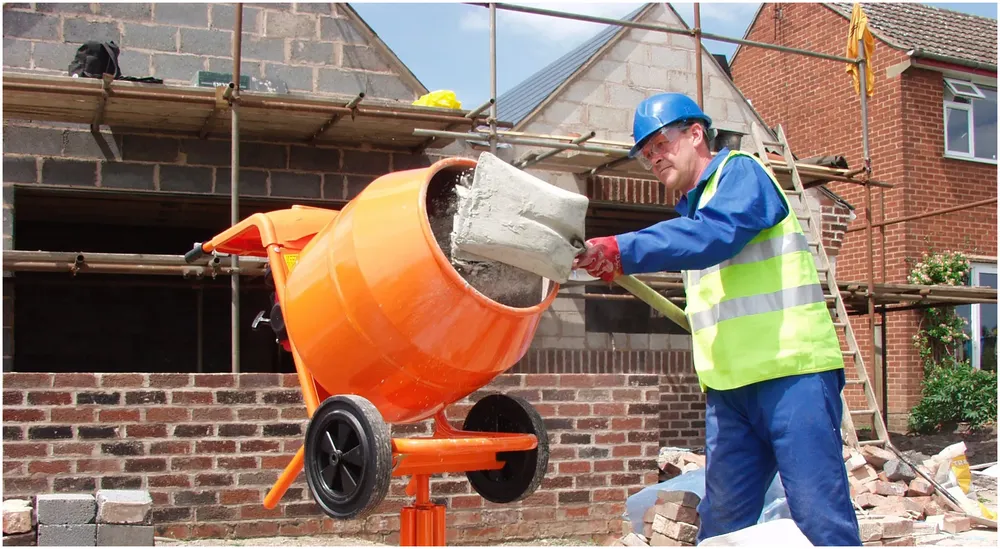
The main job of a cement mixer is to make concrete for things like houses, roads, bridges, dams, and other construction projects.
Concrete is a strong and flexible material that can stand up to different loads and weather. You can also use a cement mixer to make things like plaster, mortar, paint, etc.
Types of Cement Mixers
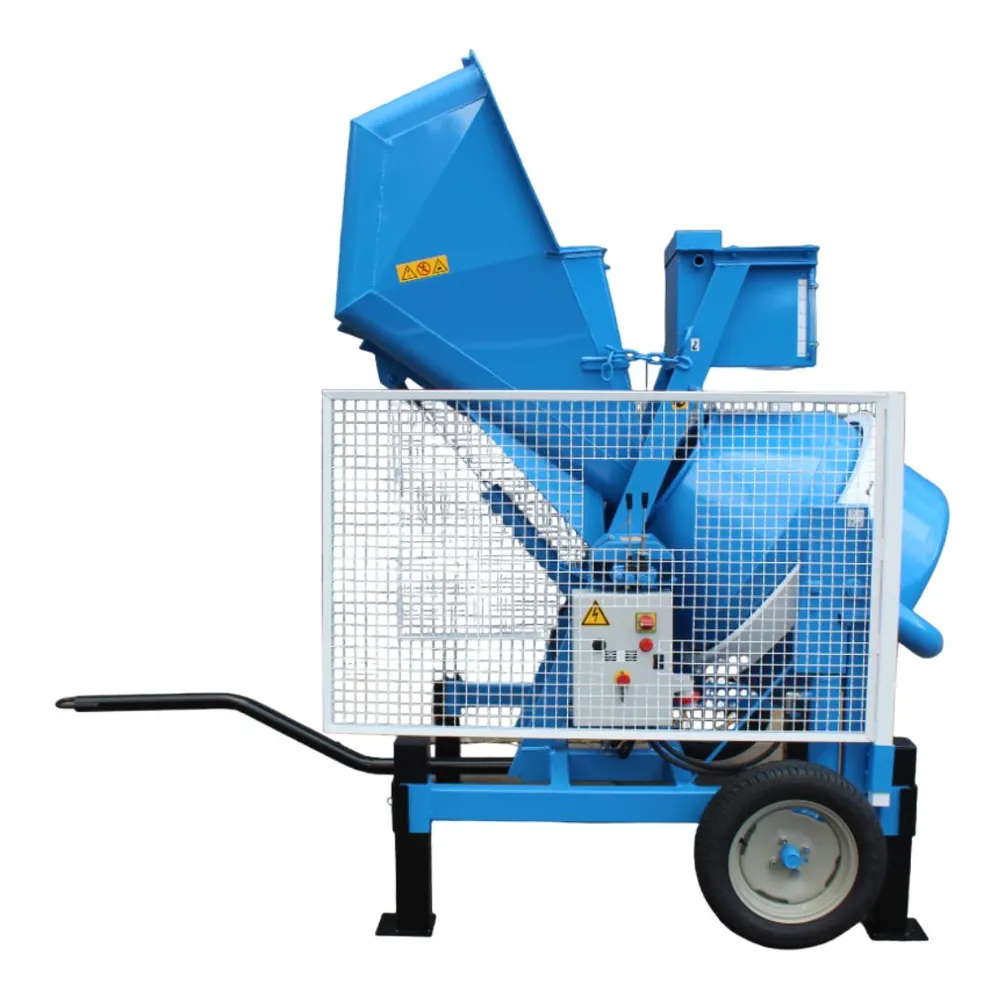
There are many types of cement mixers available in the market, each with its own advantages and disadvantages. Some of the common types are:
Batch Mixer
This type works by making concrete in set amounts. It mixes a certain number of items at a time and then dumps them into a container or a truck like in ready mix concrete.
Continuous Mixer
This kind of mixer makes concrete all the time. It mixes the ingredients as they come into the machine and sends them out through a pipe or a pump.
Self Loading Mixer
This type has a loading bucket that picks up items from the ground and puts them into the mixing drum.
It also has a water tank and a system for weighing that automatically adjusts the amount of water to cement. This makes it easy to use and efficient for smaller, mobile projects.
Compulsory Mixer
This type has blades or paddles that turn inside the drum, which forces the ingredients to mix together.
It makes high-quality, uniform concrete with less cement and water, which is perfect for dry, hard concrete.
Pear-Shaped Mixer
This type has a tapered drum that makes concrete that is more regular and doesn’t separate or bleed as much.
It is most often used for lightweight concrete like foam or aerated concrete.
Drum Shaped Mixer
Drum-shaped mixers have a cylindrical mixing drum that rotates horizontally. This type is good for mixing big amounts of concrete while using less power.
It is most often used for regular concrete like ready-mixed or prefabricated concrete.
Cone Shaped Mixer
This type produces high-strength, high-performance concrete with low air entrainment and heat generation using a conical mixing drum rotating vertically.
It is often used to make special kinds of concrete, like self-compacting or high-performance concrete.
Vertical Shaft Pan Mixer
This type has a mixing pan with a flat bottom that rotates vertically. This makes for fast, thorough mixing with low noise and shaking.
It works well with things like sand, cement, and fly ash that have small pieces.
Horizontal Shaft Mixer
This type has one or more horizontal shafts that rotate inside the mixing room. This provides high shear and turbulent mixing with high efficiency.
It works well with coarse objects like sand, gravel, and stones.
Rotary or Non-tilting Type
This type has a set drum that rotates to release concrete through an opening at the bottom.
This type makes sure that concrete flows steadily and continuously with little waste. It is easy to use and take care of.
Tilting Type
This type has a rotating drum that can be tilted to let concrete out through a side hole.
This gives you more control over the flow of concrete and more options. It works well in a wide range of situations and situations at work.
Common Type
Some popular kinds of cement mixers are the Forced Mixer, which uses blades or paddles to make dry, high-quality concrete.
The other is a Self Propelled Mixer, which has a loading bucket and a weighing system for mobility and freedom on smaller jobs.
Cement Mixer Price List
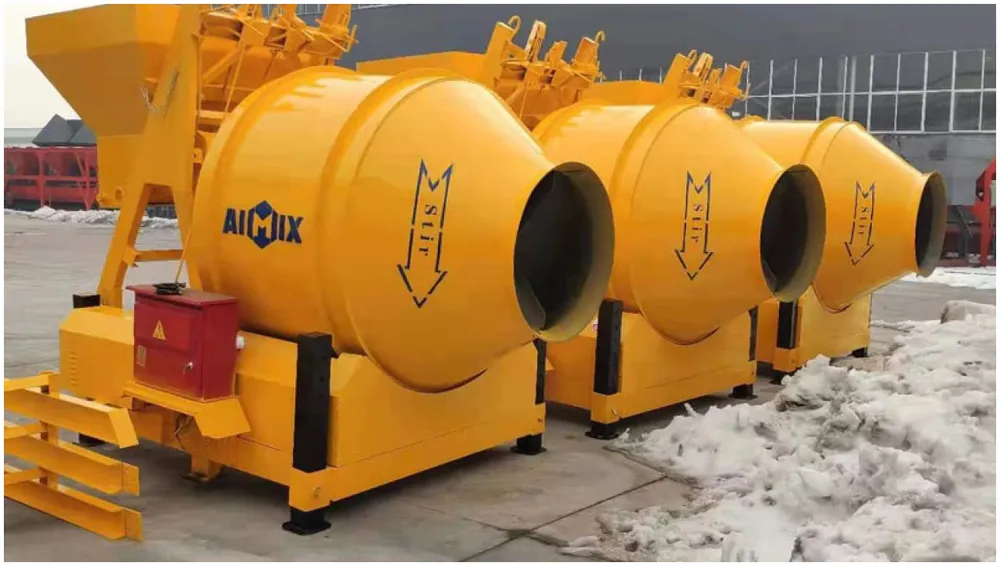
The table below shows some prices for cement mixers in the Philippines based on the types and brands listed above.
Please keep in mind that these prices are just a guide and may change based on the market and what’s available.
| Type | Brand | Capacity | Power | Price |
|---|---|---|---|---|
| Compulsory Mixer | MAKITA | – | 800W electric motor | ₱2,599 |
| Forced Mixer | Bosch | – | 800W electric motor | ₱2,599 |
| Pear-Shaped Mixer | – | – | – | ₱15,000 |
| Tilting Type Mixer | Saturn | Half bagger | 6HP gasoline engine | ₱18,999 |
| Rotary or Non-tilting Type Mixer | Saturn | Half bagger | 6HP gasoline engine | ₱19,500 |
| Drum Shaped Mixer | Toolmore | 160L | 650W electric motor | ₱25,260 |
| Cone Shaped Mixer | – | – | – | ₱30,000 |
| Batch Mixer | LIGHTHOUSE | 1 bagger | 7.5HP gasoline engine | ₱36,500 |
| Vertical Shaft Pan Mixer | – | – | – | ₱40,000 |
| Continuous Mixer | – | – | – | ₱50,000 |
| Horizontal Shaft Mixer | – | – | – | ₱50,000 |
| Self Loading Mixer | AIMIX | 1.8 m3/h | 65KW diesel engine | ₱2.5 million |
| Self Propelled Mixer | AIMIX | 6.5 m3/h | 110KW diesel engine | ₱6.5 million |
How to Choose Cement Mixer
When choosing a cement mixer for your project, you should consider the following factors:
- Capacity: Choose a size that suits your project – one-bagger or two-bagger for larger projects, half-bagger or mini for smaller ones.
- Power: Opt for electric mixers with stable and cheap electricity or gas-powered ones for remote areas.
- Features: Look for safety switches, durable drum materials (steel, cast iron, or plastic), wheels, handles for drum control, and efficient mixing paddles (spiral, helical, or blade) that match your needs.
Things You Should Know about Cement Mixer
Before using a cement mixer for your project, there are some things that you should know and do to ensure a safe and successful operation:
- How does a cement mixer work?
A cement mixer works by spinning a drum with the materials inside. This mixes the materials well and evenly. - What is the importance of cement mixer?
A cement mixer saves time and labor and makes sure that the concrete is always of good quality and meets the standards of the project. - Is it worth buying a cement mixer?
Buying a cement mixer is worth it for projects that you do often or that are big, but it might not be worth it for small projects that you only do once in a while. - How do you mix concrete in a cement mixer?
Load the water, sand, gravel, and cement in the right order, let the mixer run for a few minutes until the concrete is well mixed, and then dump the concrete. - How long do you mix cement in a mixer?
To make sure the concrete doesn’t have problems, mix the cement in a mixer for about 3 to 5 minutes, or until it is smooth and even.
We hope this piece has given you some useful information about cement mixer price in Philippines as well as some tips on how to choose and use one for your project.
Please feel free to reach us or leave a comment below if you have any questions or thoughts. We appreciate you reading!
[ratings]